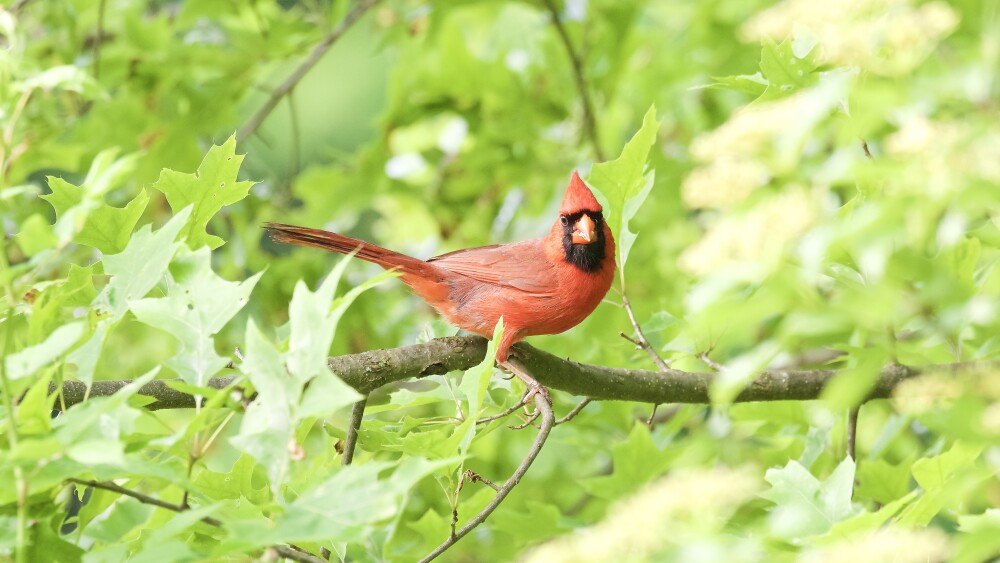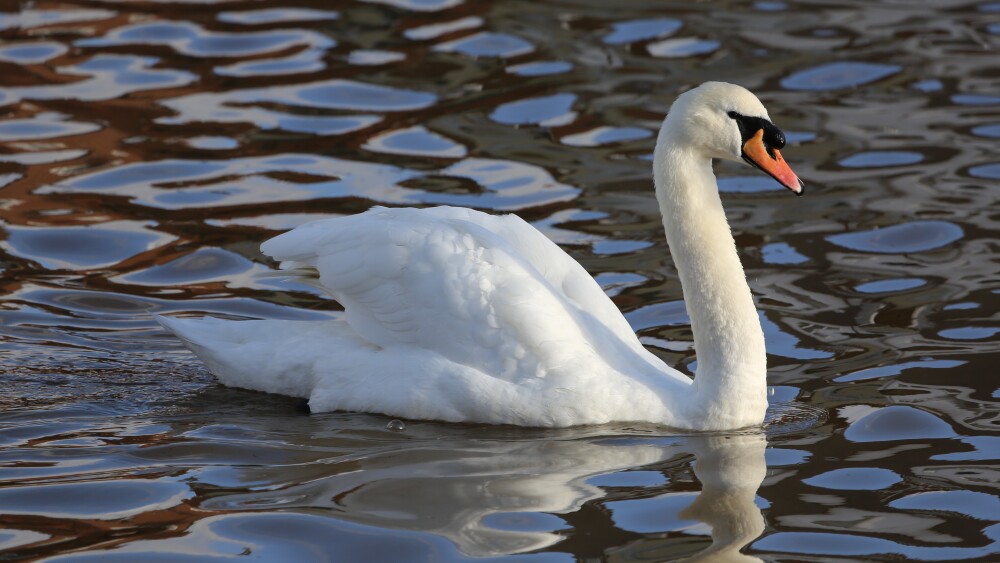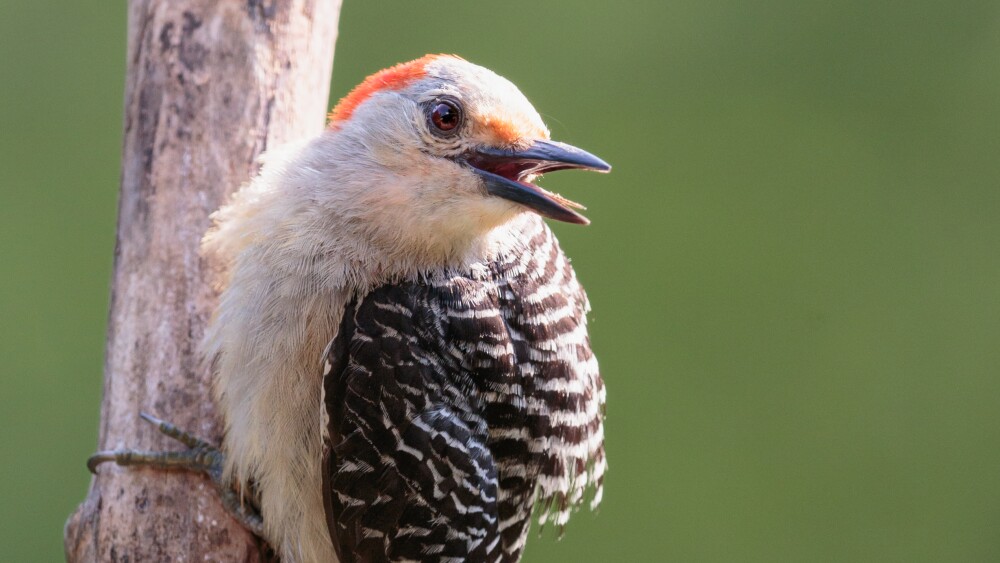Austin residents know springtime in the Capital City is synonymous with days spent paddling Lady Bird Lake and long walks along the Ann and Roy Butler Hike-and-Bike Trail.
While the area looks stunning this time of year, it also sounds beautiful, thanks to the chirps, shuffles, and splashes from the abundant wildlife in and around the lake.
Next time you hit the trail or water, turn your venture into a scavenger hunt and use this guide to identify our beautiful fauna.
Blue jay
City Editor Morgan here. This adorable blue jay is one of the first birds I saw on my most recent walk around Lady Bird Lake. My eye was instantly drawn to its beautiful blue crest.
Yellow-crowned night heron

You’re looking at a young yellow-crowned night heron, but adults stand around two feet tall.
Photo by TexasEagle via OpenVerse
This bird frequents the lake during spring and summer. It likes to root in small groups in wet, wooded trees and swampy areas.
Domestic goose
Head to Shoal Beach if you want to see one of these geese — they’ll often hang out pretty close to picnickers.
Common egret

Common egrets feed on fish and frogs in Lady Bird Lake.
Photo by @kukkurovaca via OpenVerse
You’ll identify these elegant birds by their large white bodies and long necks. They’re most commonly found in the shallow waters of Lady Bird Lake during summertime.
Red-eared slider

Red-eared sliders are known for stacking themselves atop one another when a log or rock is too small to fit them all.
Photo by Alan Varnon via OpenVerse
Plenty of these turtles can be seen in Lady Bird Lake all year long. They’re the most common aquatic turtles in Texas and are known to spend hours sunbathing on logs. Fun fact: They can live 30+ years.
These aren’t the only turtles that call Lady Bird Lake home — watch out for snapping turtles and soft-shell turtles as well.
Green heron

You’ll know the green heron is alarmed when it raises its chest and flicks its tail.
Photo by Michael W. Klotz via OpenVerse
Keep your eyes peeled for this “small, chunky” critter during the spring, summer, and fall months. Its favorite areas near the lake are streams, ponds, trees, and marshes.
Mourning dove

You also might see a mourning dove on a roadside wire or walking on the ground.
Photo by @btrentler via OpenVerse
Look for long tail tapers and black spots on the upper wing to pinpoint this bird, which is common in Austin year-round and found in various habitats.
Northern cardinal

Fun fact: male Northern cardinals are known to attack their own reflection in windows and mirrors.
Photo by @OHFalcon72 via OpenVerse
While male Northern cardinals are bright red, females are a warm brown hue with red on their chests, wings, and tails. You’ll find them in Austin throughout the year in woodland edges, on the ground, and in low bushes.
American coot
These distinctive waterbirds are easily identified by their all-black bodies and bright white bills. They can usually be found in the open water, among flora, and walking around the water’s edges.
Mute swan

Mute swans are native to Europe and Asia and typically weigh 15-25 lbs.
Photo by Geni via Wikimedia Commons
These graceful creatures, which have inspired lookalike boat rentals, are descendants of birds that were introduced to Lake Austin in the early 1900s.
Domestic ducks
While these ducks aren’t hard to come by, they’re certainly fun to watch. Domestic ducks are known for being social, skittish, noisy, and highly intelligent.
Red-bellied woodpecker

Red-bellied woodpeckers often use their tails to prop themselves against trees.
Photo by Neal Lewis/NPS via OpenVerse
Common in Austin year-round, these vibrant birds nest in the cavities of dead wood, forage along tree trunks, and can also be spotted in open areas + underneath the shade of a tree.
Wood duck

It’s fairly easy to spot a wood duck in Austin at any time of year.
Photo by A Camera Story via OpenVerse
This bird is known for its swift exit from the water with rapid wing beats. It likes peace and quiet, and is commonly found in woodlands near the shore or shaded swamps and ponds.
Keep exploring
These are just some creatures that call Lady Bird Lake home. Discover even more through The Trail Conservancy’s guide to birds on the lake. Bonus: You can also report bird sightings to the eBird project for free.















